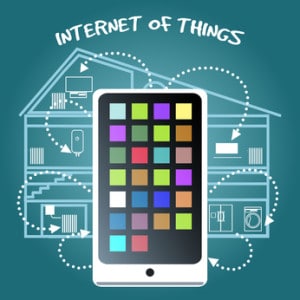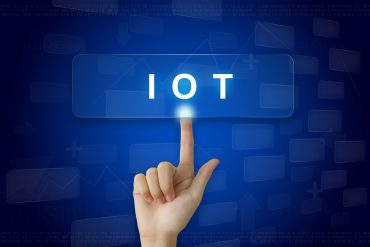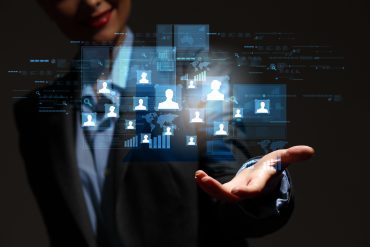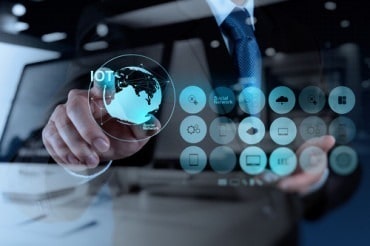
Real-time data analytics means that the data gathered from operational data stores is almost immediately analyzed and externalized to humans who can act upon information that is seconds old. Here, RTInsights blogger David Linthicum discusses how the Internet of Things (IoT) provides opportunities to leverage data points that were not available just a few years ago.
The notion of real-time data analytics dates back to the concept of the real-time enterprise (RTE). It’s also known as the ability to monitor what’s going on in a business as it happens.
Traditional data warehousing technology allowed us to slice and dice data that was used to make decisions. However, by the time the data was abstracted from operational data stores, rolled up and analyzed, weeks or months had passed. Thus, those operating the business had no ability to correct issues as they occurred.
These days, we have the cloud and Big Data technology. The emerging cloud databases that can be provisioned on demand provide access to Big Data technology that has the horsepower to provide real-time data analytics. Real-time data analytics means that the data gathered from operational data stores is almost immediately analyzed and externalized to humans who can act upon information that is seconds old.
For instance, a plant manager is able to spot problems with production by monitoring a dashboard that displays ongoing production and efficiency statistics. These statistics comes from real-time data from the plant’s many systems but they can also come from the plant’s many devices as well. The rise of the IoT—or the use of devices such as cash registers, industrial robots, magnetic resonance imaging (MRI) machines or even wearable health telemetry devices—has lead to data analytics systems that utilize the data coming off of these devices. This real-time data, when mixed with data coming from traditional operational systems, gives those who use a real time data analytics system the ability to leverage data points that provide even more valuable insight into the current state of a business.
For instance, our plant manager could monitor the current maintenance needs of the plant equipment and thus predict downtime and lost production hours with a great deal of accuracy. In the healthcare world, more people wearing health telemetry devices will lead to real-time data analytics that could predict, for example, heart attacks based upon the current data being produced. More people wearing health telemetry devices can also show historical data that can show how some patterns of data indicate the likelihood that a negative health event could occur.
Clearly, the IoT is about using data as much as it’s about connecting up interesting devices. Today we have the perfect storm: the rise of cloud, Big Data and the IoT. The cloud makes Big Data much less expensive and the IoT provides opportunities to leverage data points that were not available just a few years ago.
This all leads to new opportunities for businesses to leverage real-time data in strategic ways, much like we leverage the dashboards of our cars. However, a great deal of planning and an understanding of the technology are both required. Perhaps it’s time for your enterprise to get started. The return on investment (ROI) is huge.





























